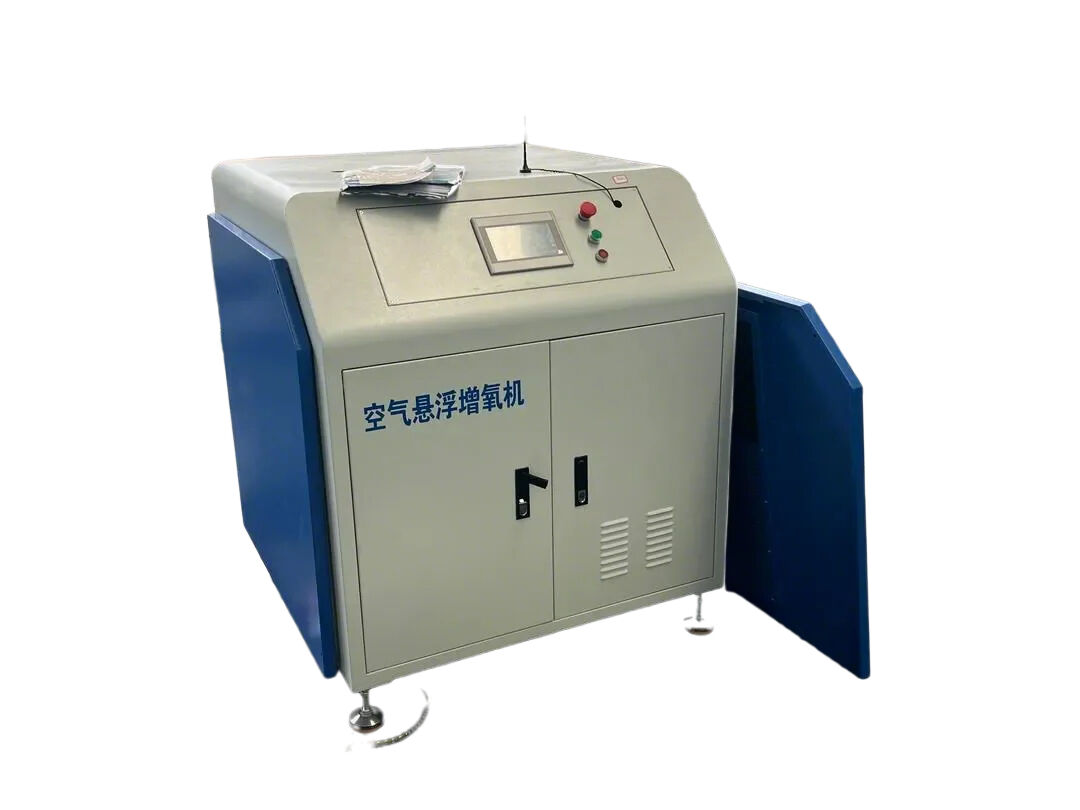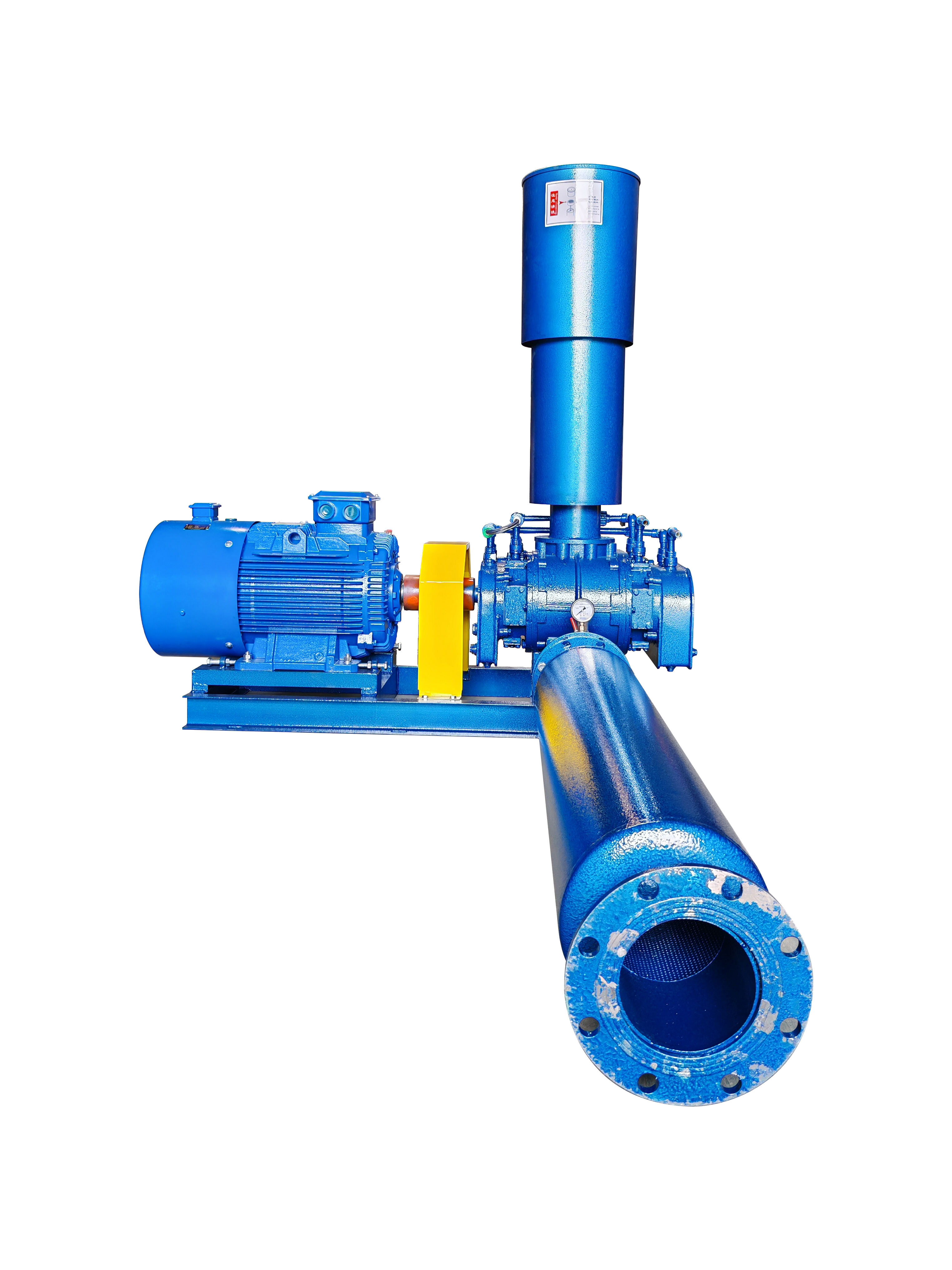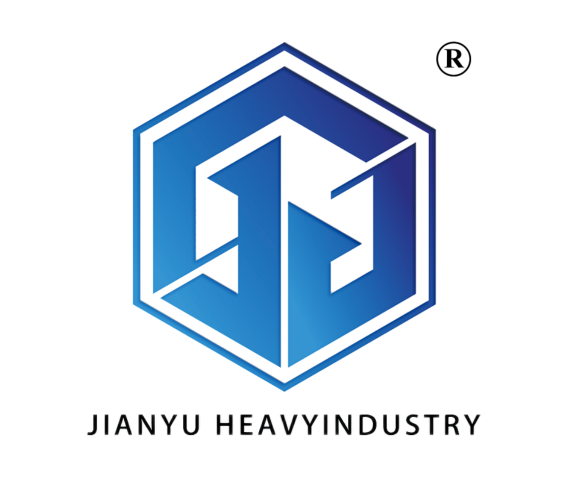aquaculture tools and equipment
Aquaculture tools and equipment represent essential components in modern fish farming operations, encompassing a wide range of specialized devices and systems designed for optimal aquatic production. These tools include water quality monitoring systems that continuously track parameters such as dissolved oxygen, pH levels, and temperature. Advanced feeding systems, both automated and manual, ensure precise feed distribution while minimizing waste. Water circulation and aeration equipment maintain optimal conditions for aquatic life, incorporating pumps, aerators, and oxygen diffusers. Filtration systems, including mechanical and biological filters, help maintain water clarity and remove harmful substances. Modern aquaculture operations also utilize harvest equipment, such as nets, seines, and automated harvesting systems, designed for efficient collection of fish stock. Disease management tools, including UV sterilizers and ozone treatment systems, help prevent and control pathogenic organisms. Monitoring and control systems often feature digital interfaces and remote management capabilities, allowing operators to maintain precise control over environmental conditions. These tools are complemented by essential maintenance equipment, including cleaning devices, repair tools, and backup power systems, ensuring continuous operation of critical systems.



